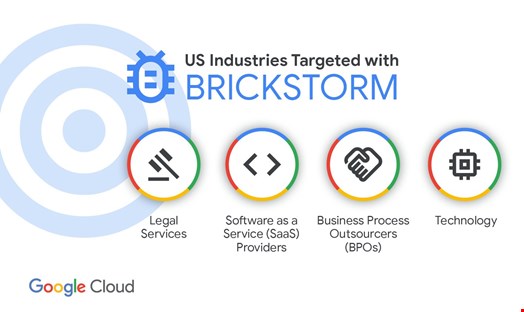Chinese cyber threat actors are suspected of deploying a recently identified backdoor to get a foothold into the systems of US organizations across various sectors.
According to a Google Threat Intelligence Group (GTIG) report, published on September 24, threat actors have been using the backdoor known as ‘BRICKSTORM’ in intrusion campaigns since at least March 2025.
The primary targets are US legal and tech firms, software-as-a-service (SaaS) providers and outsourcing companies.




